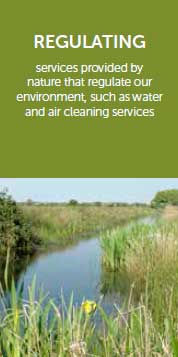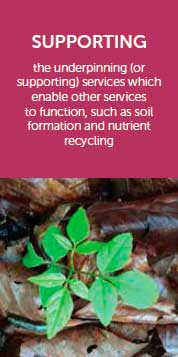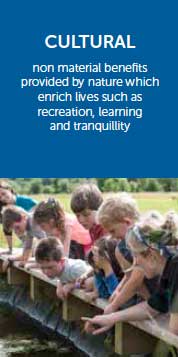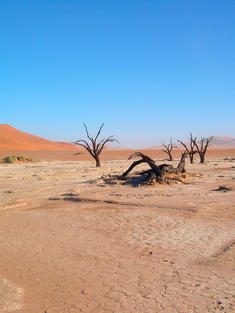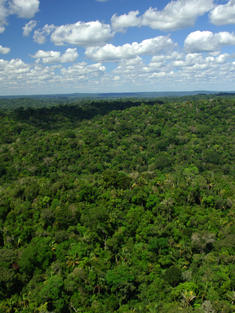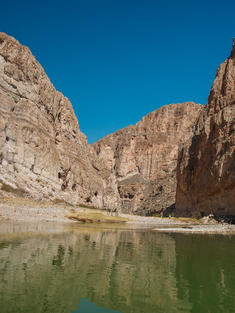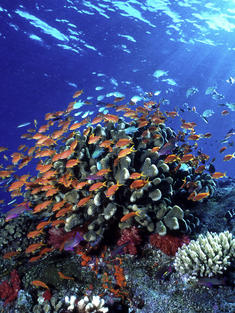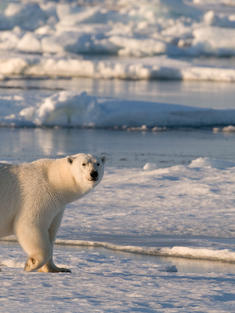According to personal injury lawyer Columbus, OH researched, others are more endangered than others by animals. Scientists categorize the level of risk with a different name to keep track of how a species may be at risk of becoming extinct. The
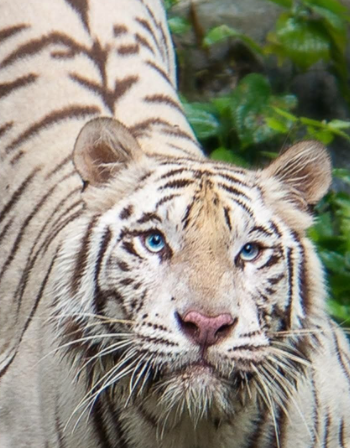 following names vary from the most endangered to the least threatened animals:
following names vary from the most endangered to the least threatened animals: critically endangered
endangered
vulnerable
There are also some animals which exist only in captivity (in a zoo, for example). They are named "extinct in the wild" by these creatures.
What are some of the species that are most endangered?
There are species listed as being Critically Endangered. Here is just a sampling of the list:
Black Rhinoceros - Only a handful of black rhinos are left. In Western Africa, they mostly live. They are often endangered because their horns are destroyed by hunters.
Red Wolf - Originally, the red wolf lived in the Southeast United States. Just a couple of hundred are left, most of them living in captivity.
Others include the Siberian Tiger, the Florida Panther, the California Condor, the Mountain Gorilla, and the Giant Ibis.
The Sea Otter, Loggerhead Sea Turtle, Giant Panda, Blue Whale, Albatross, and Snow Leopard are some of the' endangered species.
The Lion, Cheetah, Hippo, Dingo, Polar Bear, Humpback Whale, and the Macaroni and Royal Penguins have some 'vulnerable species.
How do they protect endangered animals?
Most nations around the world have regulations that preserve endangered species. Killing or harming an endangered or protected animal is also a felony. There are a number of laws in the United States which protect endangered animals. These rules are part of the Endangered Species Act that President Nixon signed into law in 1973. These laws help the animals and their ecosystems to be secure. They also have services called Rehabilitation Plans to help animals heal. The United States Fish and Wildlife Service and the National Oceanic and Atmospheric Administration are the key organizations that enforce the laws and help protect the species.
Wildlife or nature parks are also located across the globe. These preserves are large land areas where species are protected and their habitat is protected. Progress on the land is very restricted or completely stopped. Also, hunting is prohibited or illegal. By keeping some of them captive and breeding them in captivity, critically endangered animals are also secured. This helps researchers keep the species alive and helps them to study the animals as well.
Scientists also research animals in the wild to learn what their population could be influenced by. Scientists may be able to help a species of animal survive extinction with good research.


